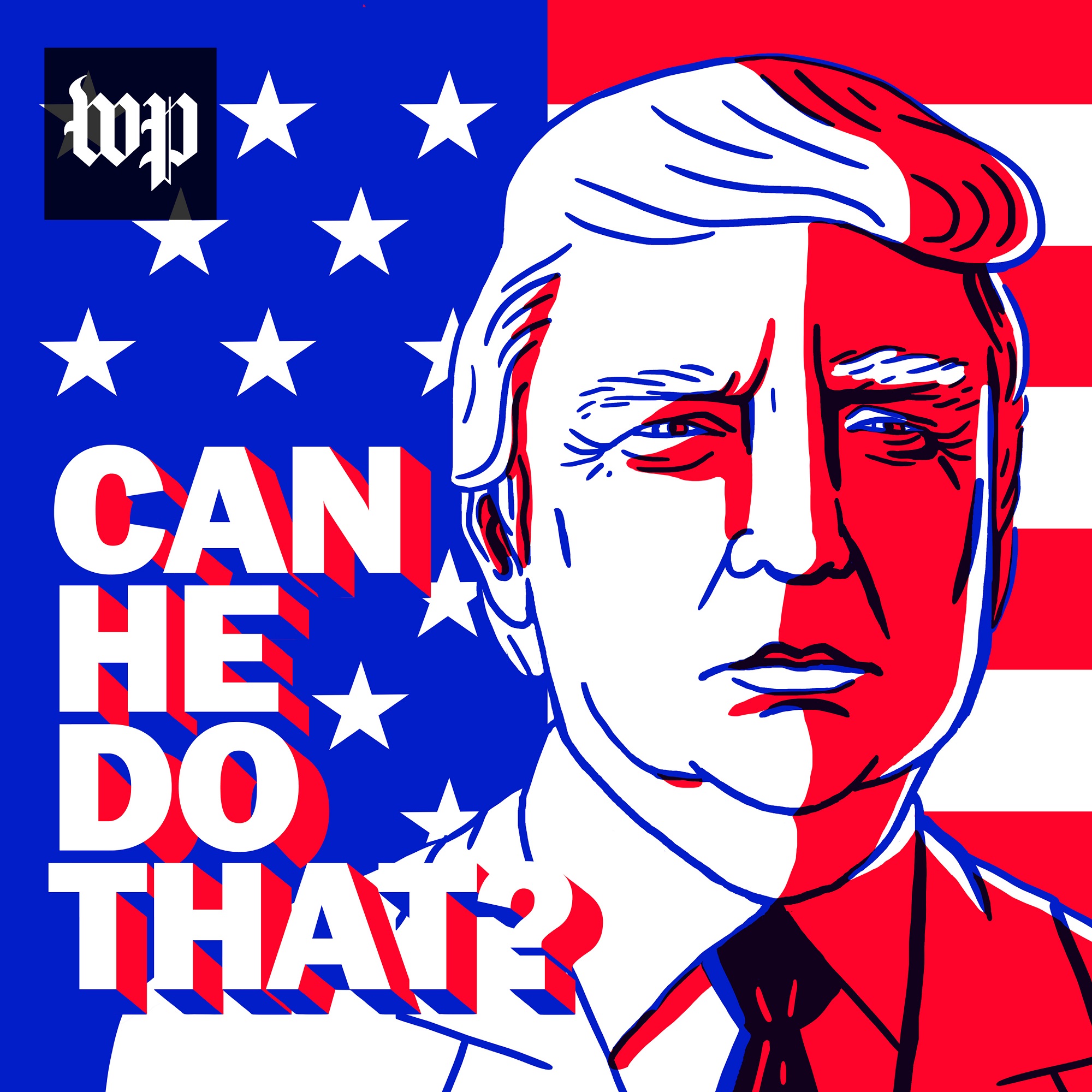
The U.S. is spending trillions to save the economy. Where does all that money come from?
Can He Do That?
Trillions of dollars have been injected into the U.S. economy since March. Late last month, Congress passed a $2 trillion relief bill, the Cares Act, designed to help the country cope with the economic devastation it has faced since the novel coronavirus outbreak began.
But those trillions weren’t enough.
New legislation expected to pass in Congress on Thursday adds $484 billion to that total. These funds are allocated for small-business recovery, hospitals and coronavirus testing.
As our country faces incredibly trying circumstances, emergency money from the federal government is intended to help us recover, to help businesses weather the storm and to keep our economy stable. So, is it working?
As the federal government injects more and more money, where does it all come from? What are the short-term and long-term consequences of these economic decisions? And as we head toward the election in November, how does this all effect President Trump’s economic message — once a key pillar of his reelection efforts?
On this episode of the“Can He Do That?” podcast, Washington Post congressional reporter Erica Werner and economics editor Damian Paletta explain the economic levers that Congress and the Federal Reserve can control, and what it all means for pumping money into the economy, accruing national debt, and the potential for rising inflation.
Additional coronavirus resources:
Related episodes
Next Episodes
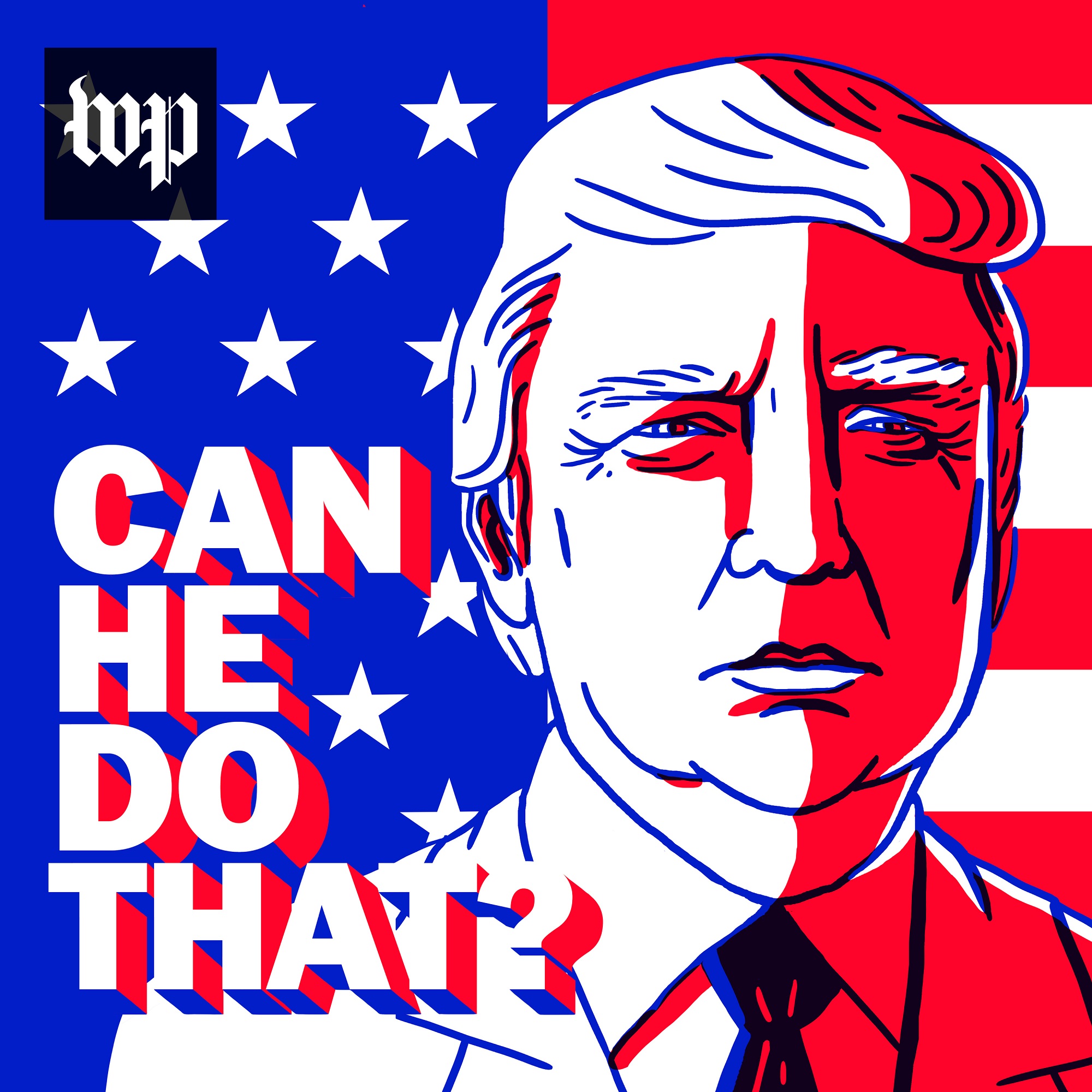
Freezing funding, adjourning Congress, reopening states. What are the limits on Trump’s power? @ Can He Do That?
📆 2020-04-17 00:17 / ⌛ 00:30:46
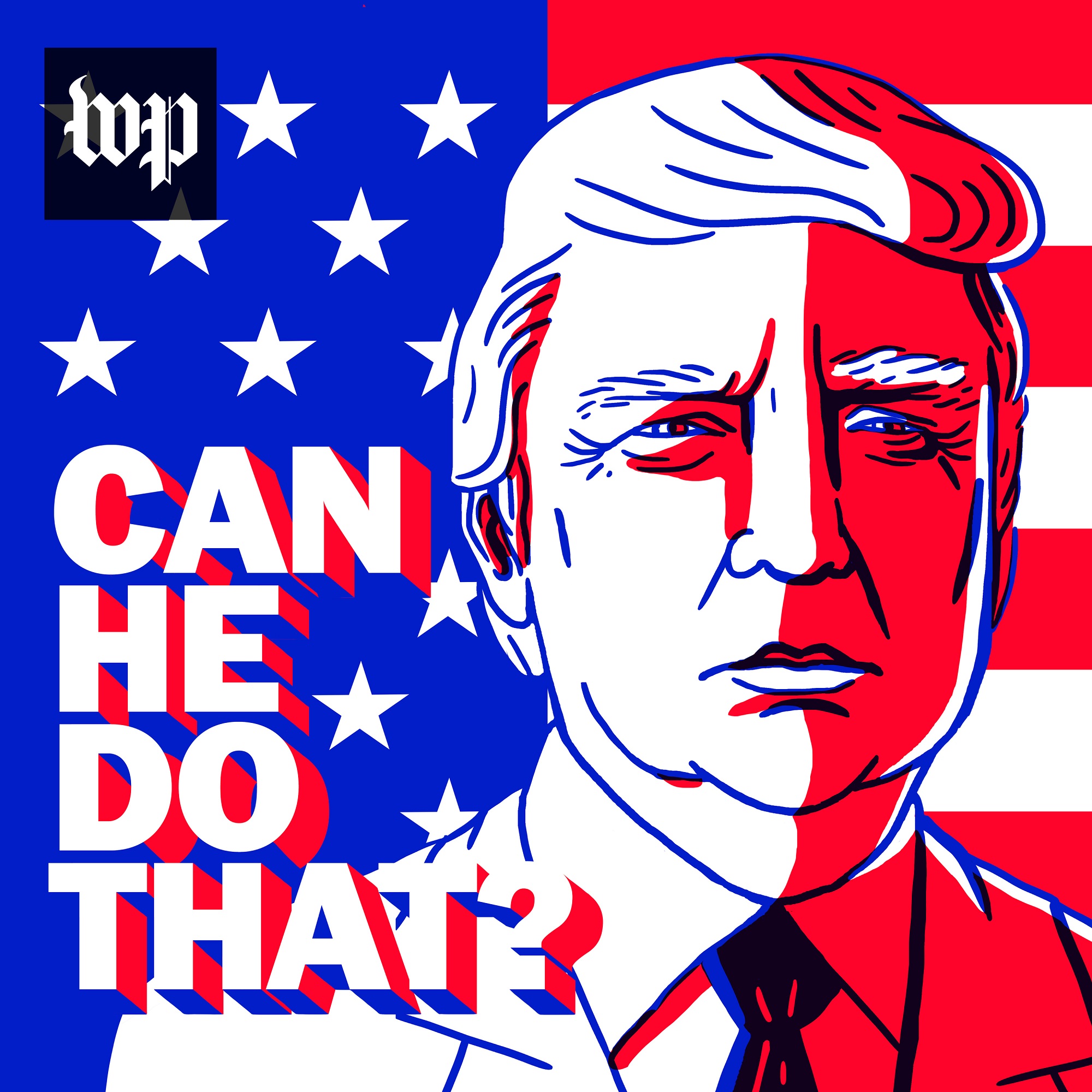
A president’s push for an unproven cure @ Can He Do That?
📆 2020-04-10 00:39 / ⌛ 00:32:12
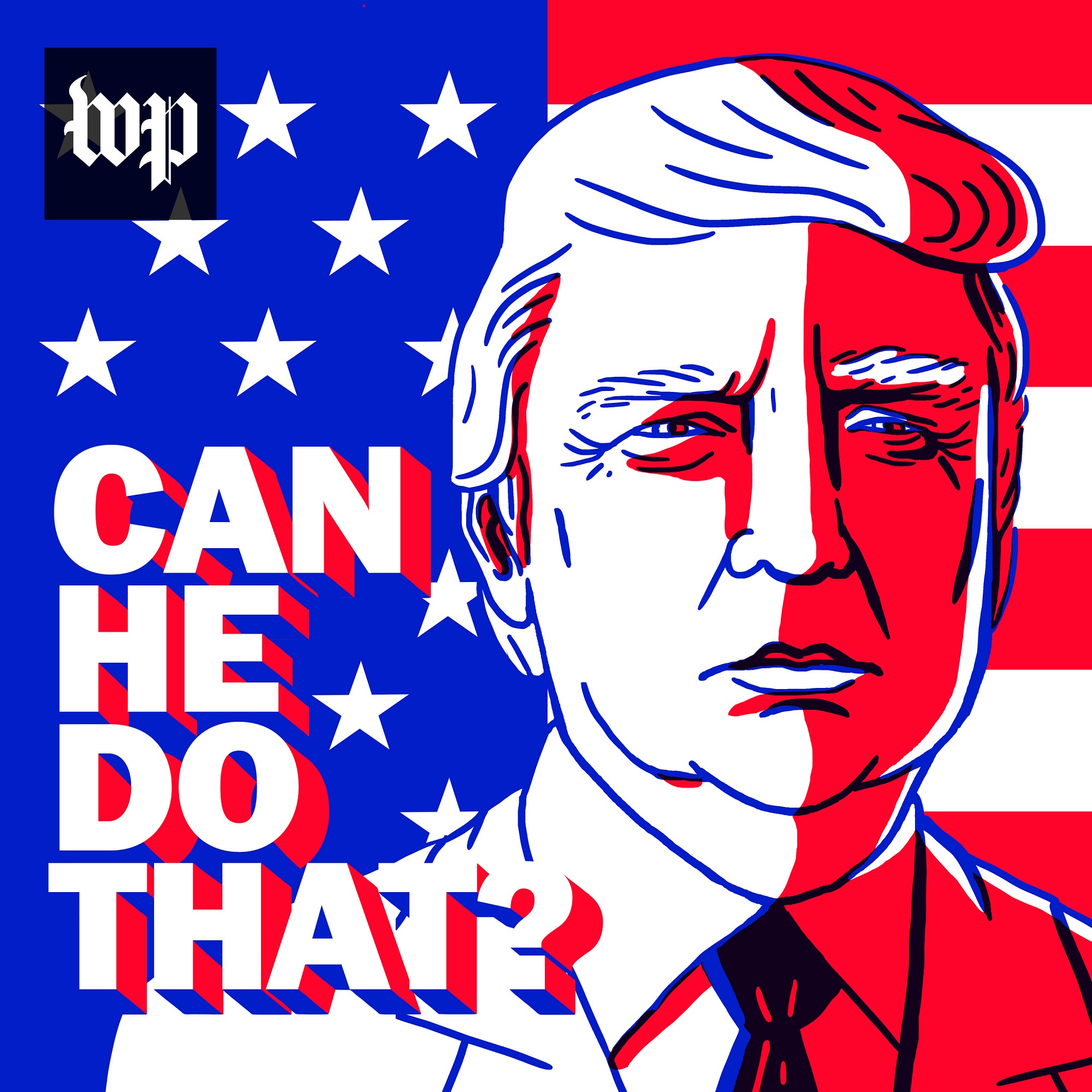
States are competing for life-saving medical equipment. Who decides where it goes? @ Can He Do That?
📆 2020-04-02 23:23 / ⌛ 00:33:29
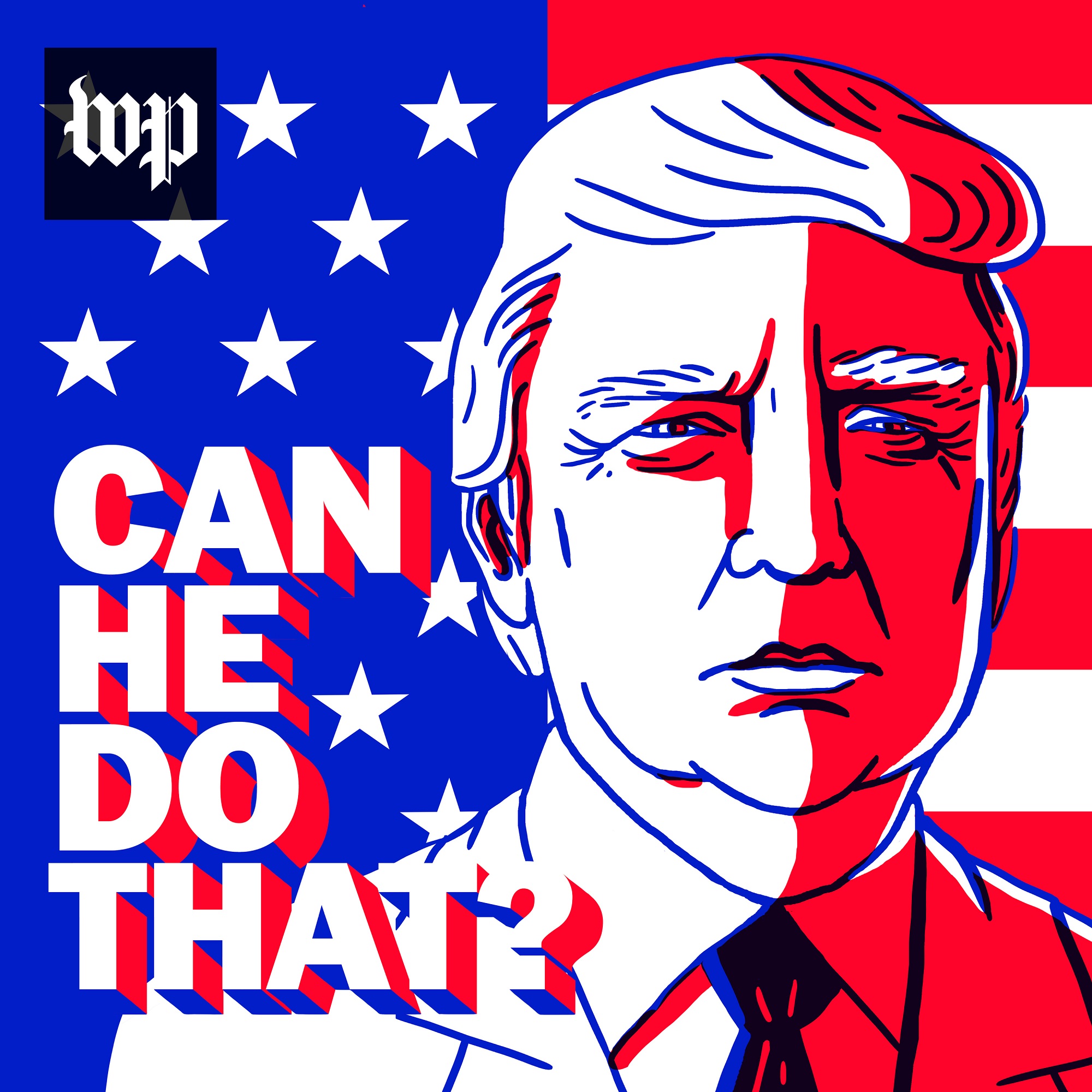
Rugged individualism vs. social distancing enforcement: Who can keep us home and how? @ Can He Do That?
📆 2020-03-26 21:23 / ⌛ 00:32:10
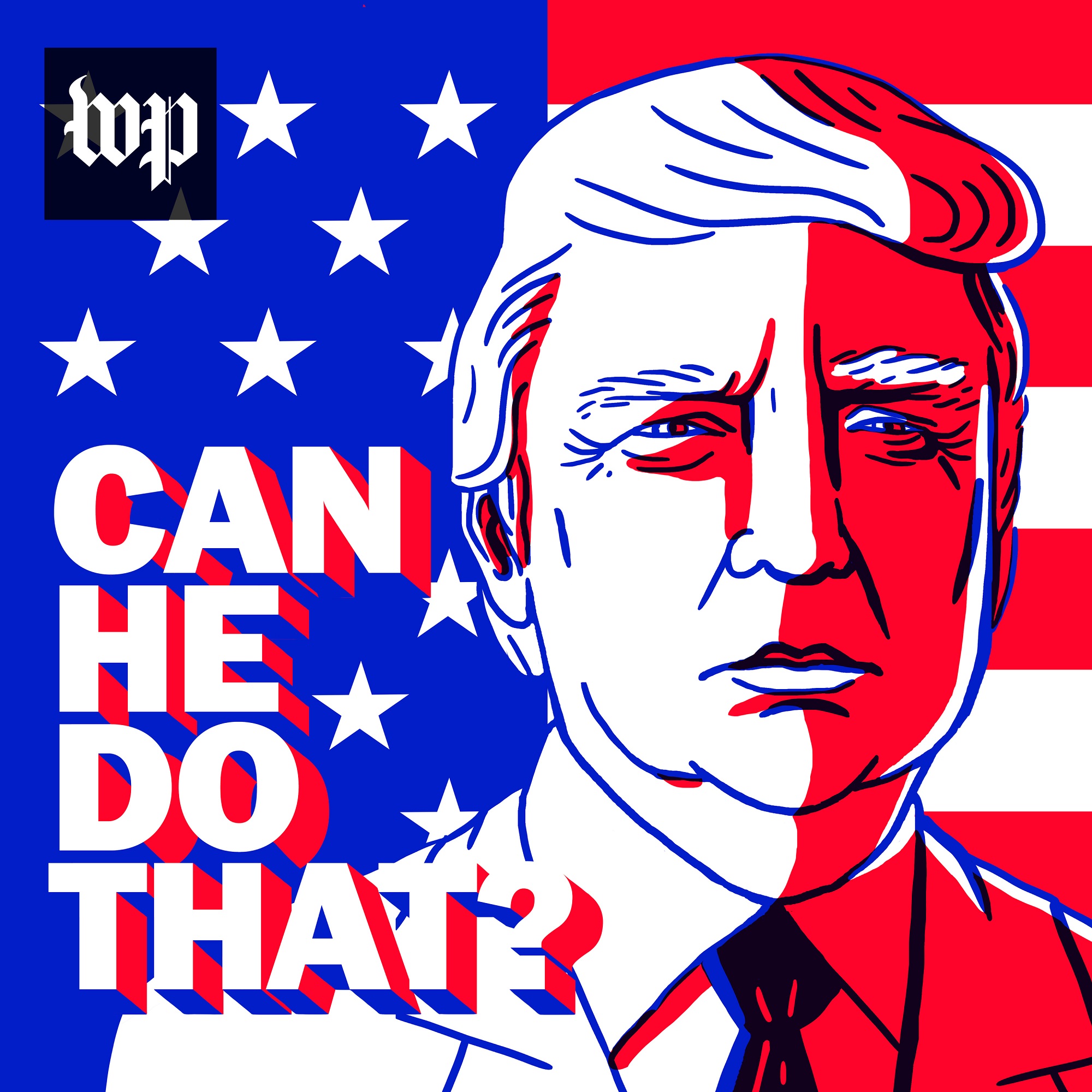
U.S. elections are being tested like never before. What comes next? @ Can He Do That?
📆 2020-03-19 22:03 / ⌛ 00:31:30